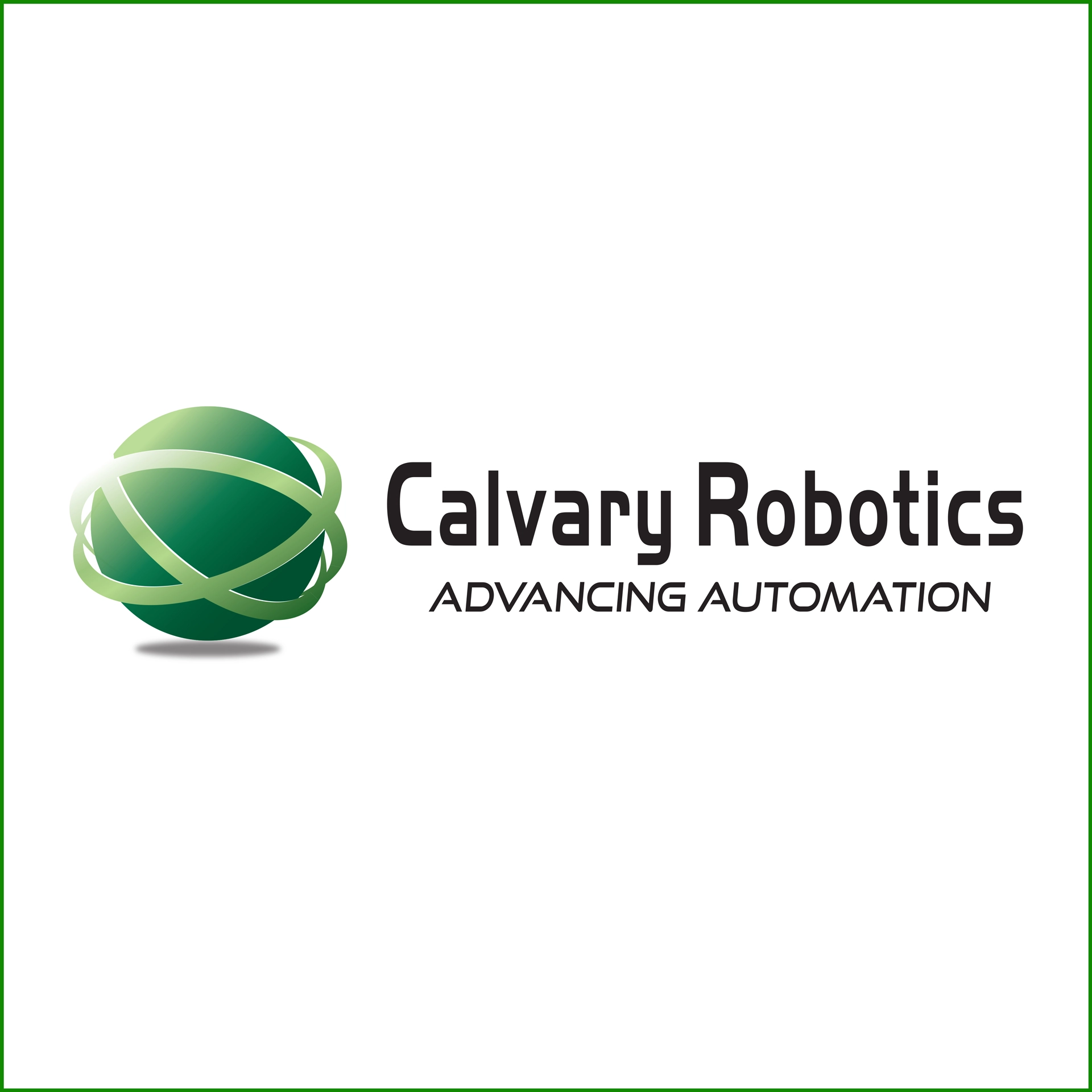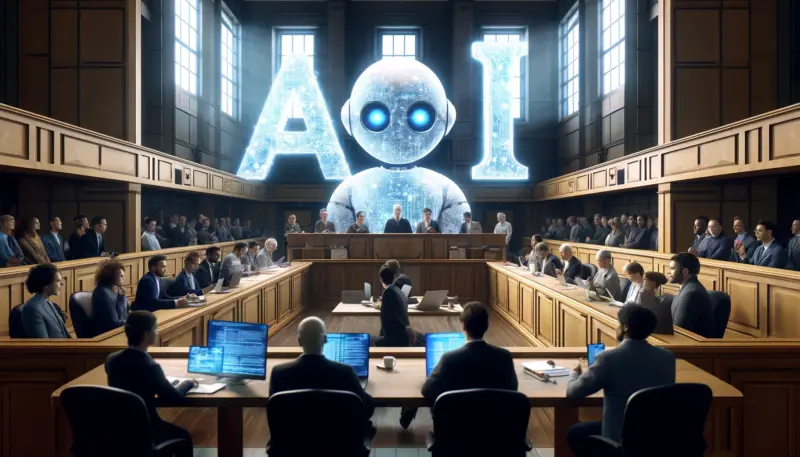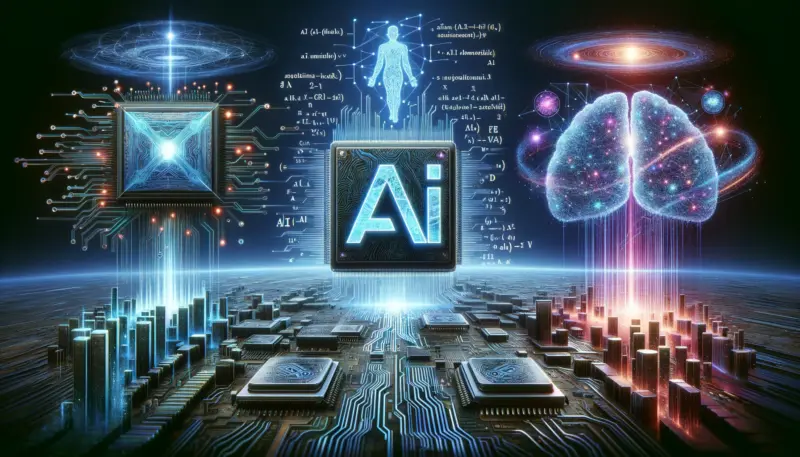Advanced Automation: Ask the Experts
Josh Gravelle tapped a leader in AI robotics for expert insights on how AI is making an impact on robotics today and into the future. Eric Danziger, Co-Founder and CEO of Invisible AI, a company driven by the principle of building state-of-the-art AI solutions for manufacturing.
The goal behind invisible AI technology is to be a new stream of information, a place to get operational details inside a manufacturing facility Gravelle said. “Our first products are around manual assembly. This has been an area traditionally with little digital information. Any time you want to understand something in manual assembly, you literally have to go walk and look and see.” Invisible AI provides visibility to those areas where it all came down to a physical person checking.
Creating solutions for these hard-to-solve areas in manufacturing is part of the DNA of Invisible AI. “We made a decision early on as a company that we were going to tackle some of the harder problems that no one else was really looking at,” Danziger said. “Some of that is around moving assembly lines. These traditionally have been hard from a computer vision perspective because, as you can imagine, things happen at different periods while things are moving. People are getting in and out of vehicles; there’s a lot of complexity.”
The innovations Gravelle’s company is building are all three-dimensional representations of the physical manufacturing environments. They then use computer vision to pull out the relevant information. And with every project, learnings transform into future innovations to improve technology.
Invisible AI’s manufacturing solutions are edge-compute, with device-driven data and an onsite database. “Everything stays in their facility,” Gravelle said. “It’s a lot more secure; there’s very little network bandwidth required, allowing us to install thousands of cameras instead of just dozens on networks that may not have been upgraded.”
From a technology standpoint, Invisible AI is still recognizably young, and their work is generally tied to customers directly. Their focus ties into making sure their product is a solid customizable platform that is easier to install, and does the tasks needed at hand.
“To actually penetrate the manufacturing market, it’s really only possible through systems integrators, long-term. That is something that we’re absolutely going to do but we need to make sure we have things in place,” said Danziger, reassuring just what is next for Invisible AI in time to come.



